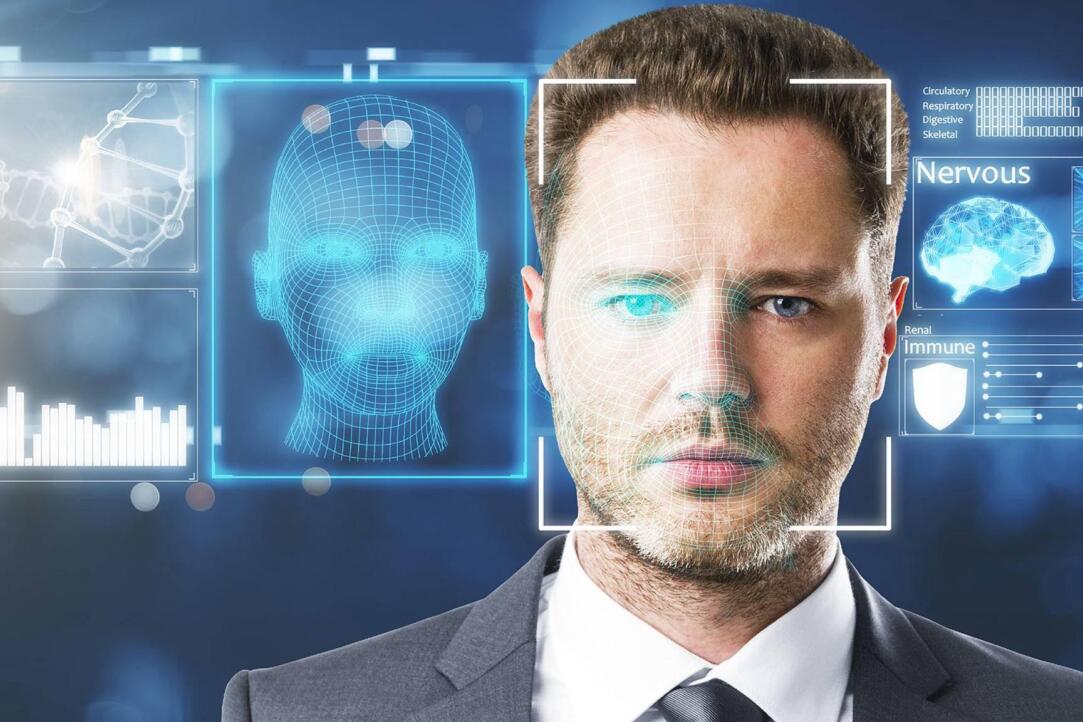What Does the State Need Digital Control Tools for?

For reference: This series of trendletters continues the practice of publishing reviews of global technological trends since 2014 and presents a unique database of global trends and challenges in the field of human development. This research of the HSE ISSEK is based on the results of iFORA Big Data System, the Delphi survey (with the participation of more than 400 leading foreign and Russian scientists), expert sessions and interviews.
Thus, the first step towards the widespread use of digital control technologies was taken quite recently, during the COVID-19 pandemic, which greatly contributed to the use of tracking technologies in order to ensure public safety. They were used for remote collection of biometric data and monitoring compliance with the isolation regime, tracking contacts of patients and detecting crowds of people.
On a national scale, digital control tools were first used in China. Information collection and analysis technologies ensure the Chinese social credit system operation, which involves not only sanctions for violations, but also rewards for behavior that meets accepted standards. The world's largest network today is the Indian Aadhaar, which stores data on 1.3 billion people.
Digital identification ecosystems around the world will continue to develop to confirm the identity of citizens, provide access to public services and multi-channel interaction. By 2024, 30% of countries plan to use indicators of public involvement in various government decisions. At the same time, the issue of digital discrimination – violations of citizens' rights to privacy and protection of their online identity - will remain highly relevant.
The new issue is available via the link
Previous issues of trendletters can be found here.